Most advanced AI image generators are a subset of artificial intelligence technology that can generate images based on input data or parameters. Machine learning algorithms are used by this unfiltered AI image generator to analyze and understand the characteristics and patterns of real images. Then the AI image generator software generate photorealistic high res images that are similar in style or subject matter.
The AI image generation process begins with the input of a large dataset of real images, which the AI system uses to learn about the characteristics and patterns of various types of images. This data is then processed by the AI system, which generates an image generation model that can be used to generate new images based on specific input parameters.
You can enter certain parameters or criteria, such as the desired image size, color scheme, and subject matter, to generate an image. Using the patterns and characteristics learned from the real images in its dataset, the AI image generator uses this input to create an image that meets the specified criteria.
This article will demystify:
AI image generators are used in a variety of applications, including the creation of realistic images for video games and movies, the generation of images for social media, and the generation of images for marketing and advertising campaigns. These image generators can also be used for scientific research, such as generating images of cells or molecules for medical studies.
In a nutshell, AI image generators are a powerful tool for creating new images that are similar in style or subject matter to real images, and they have a wide range of applications.
Understanding The Technology Behind AI Image Generator From Text
To generate images from text, a variety of techniques and technologies are used. Among the most common methods are:
Text-to-image synthesis: This method employs natural language processing algorithms to interpret image descriptions and generate a corresponding image. This method is frequently used to produce realistic images of objects, animals, or people.
Text-to-icon synthesis: This method generates small, simplified images or icons from text descriptions. This method is frequently used to create logos, icons, and other basic graphics for use in digital media.
Text-to-cartoon synthesis: This method employs algorithms to generate cartoon-like images from text descriptions. This method is frequently used to create amusing or whimsical images for use in social media or advertising.
Text-to-art synthesis: This technique employs algorithms to generate artistic images from text descriptions. This technique is frequently employed in the creation of abstract or surrealistic images for use in digital art or design.
Using advanced algorithms and machine learning techniques to interpret and analyse text descriptions, and then generating corresponding images based on those descriptions, is the technology behind generating images from text. These methods have a wide range of applications, including image generation, icon creation, and digital art.
The Benefits of Using AI Image Generators
These tools have the potential to boost efficiency and creativity in a variety of industries. Using AI image generators has several advantages:
- Increased efficiency: AI image generators can generate large numbers of images quickly, saving time and effort when compared to manually creating each image.
- Enhanced accuracy: AI image generators can accurately replicate images and make them more realistic, which can help with tasks like training machine learning models.
- Greater adaptability: AI image generators can produce a wide range of images, including those that would be difficult or impossible to create manually.
- Reduced cost: By automating the image creation process, AI image generators can save money by reducing the need for human labor and resources.
- Increased creativity: AI image generators can assist users in exploring new ideas and creating unique images that would not have been possible using traditional methods.
- Improved accessibility: Because AI image generators do not require specialized skills or equipment, they can make it easier for people with disabilities or limited resources to create images.
Choosing the Right AI Image Generator for Your Needs
When selecting the best AI image generator for your needs, there are several factors to consider. These are some examples:
- Quality: The generated images should be of sufficient quality to meet your requirements. This can vary depending on the type of images you’re making and their intended use.
- Customization: Look for a generator that allows you to change the size, resolution, and style of the images you create.
- Speed: Consider how quickly the generator can generate images. A faster generator may be more appropriate if you need to create a large number of images quickly.
- Cost: Compare the prices of various generators to find one that fits within your budget. Remember that less expensive options may not always provide the best quality or customization options.
- Ease of use: Select a generator with clear instructions and a user-friendly interface.
- Compatibility: Check that the generator is compatible with your computer and any software you are using.
- Customer service: Look for a generator that provides excellent customer service in the event that you have any problems or questions.
16 Best AI Image Generators to Create Stunning Arts
Freepik AI Image Generator

Freepik AI Image Generator is a game-changing technology that allows users to generate sophisticated visuals with minimal effort. Powered by Stable Diffusion, this tool enables anyone – regardless of their design skills – to craft mesmerizing artwork simply by typing in keywords and phrases.
This powerful tool makes it easy to create stunning visuals, like digital art, 3D paintings, and photos. With powerful customization tools at your fingertips, you can explore limitless possibilities for spectacular results!
Users can tap into creative tools to bring their vision to life. From photo filters and color palettes for customizing one-of-a-kind images to curated prompts in the pre-made gallery, plenty of options are available for expressing creativity.
To sum it up, this is an innovative and 100% free tool that allows users to take their creative vision and turn it into a reality. With just a few simple steps, this powerful technology can produce stunning visuals from text prompts – enabling the creation of beautiful stories never seen before!
NightCafe Creator
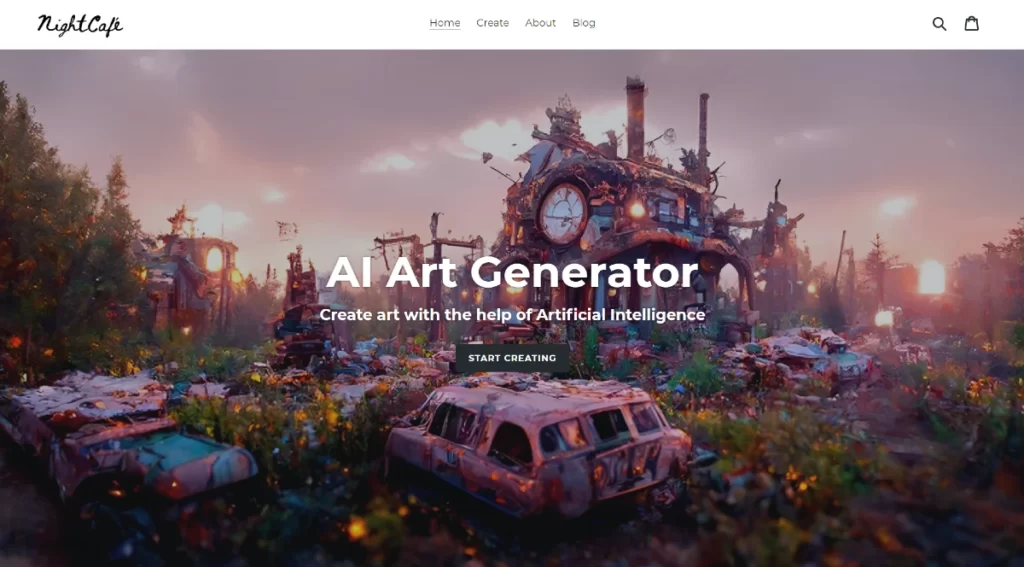
NightCafe Studio is a platform that allows you to create photos in different styles and with various preset effects, ranging from cosmic to oil painting and more. The name of the platform is inspired by Vincent Van Gogh’s painting, “The Night Café.” It uses the VQGAN+CLIP method to generate AI art.
NightCafe is user-friendly for beginners and has more algorithms and options than other generators. It is available on the web and on Android and iOS. Depending on their country’s copyright laws, users are allowed to use the images as they wish.
For more advanced users, there is an “advanced mode” where you can adjust the weight of a word in a prompt by adding modifiers and control the aspect ratio, quality, and runtime of the digital art before it is produced by the NightCafe AI. You can also update previously created art with new features.
Similar to other generators, NightCafe offers five free credits to try out the service, but you need to sign up to access them. Once registered, you can also claim five credits per day to use towards creating art. If you collect your five daily credits consistently before 8 p.m., you can essentially use the service for free.
If you want to purchase credits, there are four tier options:
AI Hobbyist for $9.99 per month and 200 credits
AI Enthusiast for $19.99 per month and 500 credits
AI Artist for $49.99 per month and 1400 credits
AI Professional for $79.99 per month and 2500 credits.
By registering you have access to an AI art forum where you can chat with other fans of the tool and share your creations.
DALL-E 2
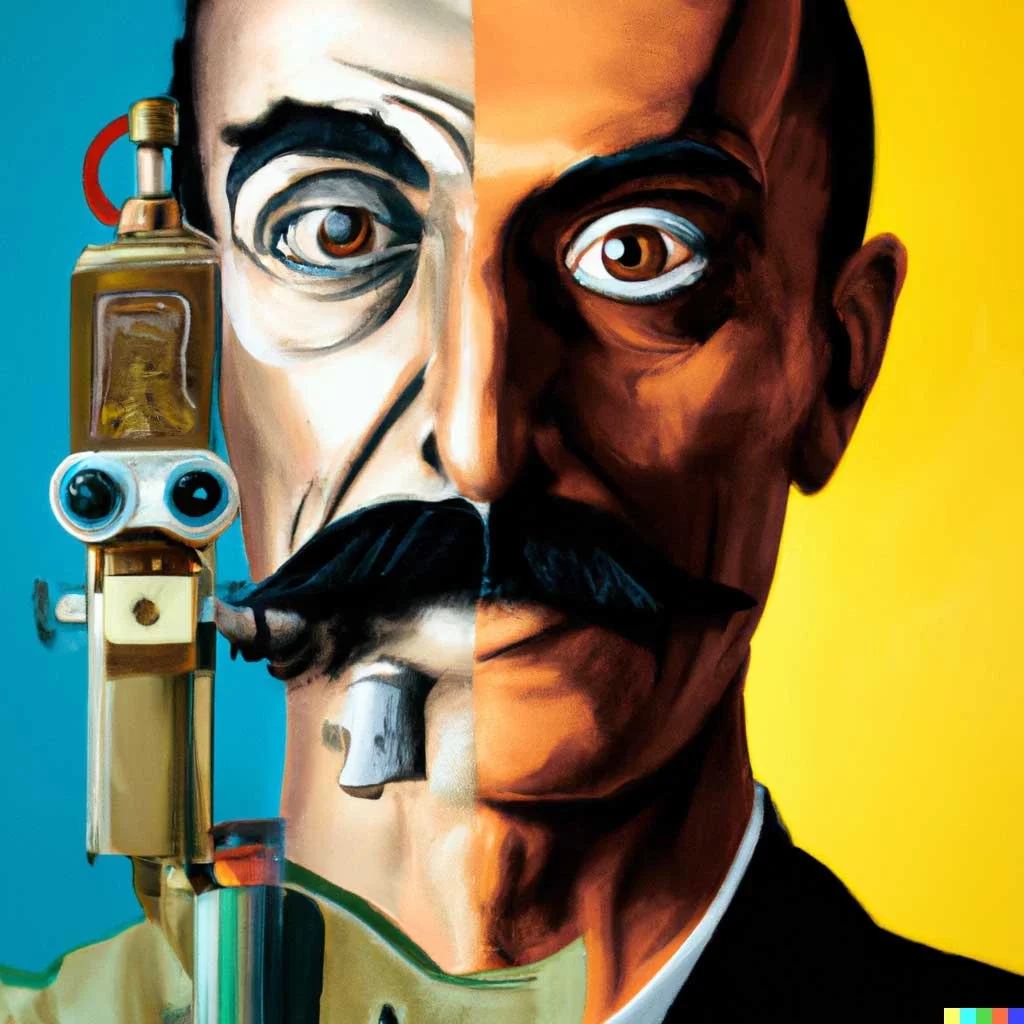
DALL-E 2, also known simply as DALL-E, is a software developed by the research lab OpenAI, co-founded by Elon Musk. When it launched in April 2022, it quickly gained attention on social media for its ability to turn a brief description into a photo-realistic image. Many users considered it almost magical in its ability to understand text prompts better than any other software that preceded it.
DALL-E uses OpenAI’s GPT-3, a state-of-the-art natural language machine learning algorithm, to convert text-based instructions into images. This has helped DALL-E to gain a reputation as the leading AI text-to-image generator available, known for producing the best results and being one of the easiest systems to use.
Recently, OpenAI made the second-generation DALL-E 2 system available to the public and anyone can now sign up for free. DALL-E 2 is considered one of the best tools for original AI image generation, with options for users of all levels, and features that allow for scaling images without losing quality and special developer tools to ensure uniqueness.
The first version of DALL-E was invite-only due to high demand and as of September 2022, OpenAI claims it supports over 1.5 million active users that create approximately 2 million images daily.
But if you sign up now, the first month is free with 50 credits to generate images. After that, you’ll be limited to only 15 free credits per month, non-rolling. You can buy additional credits for $15, which gets you 115 credits.
Stable Diffusion
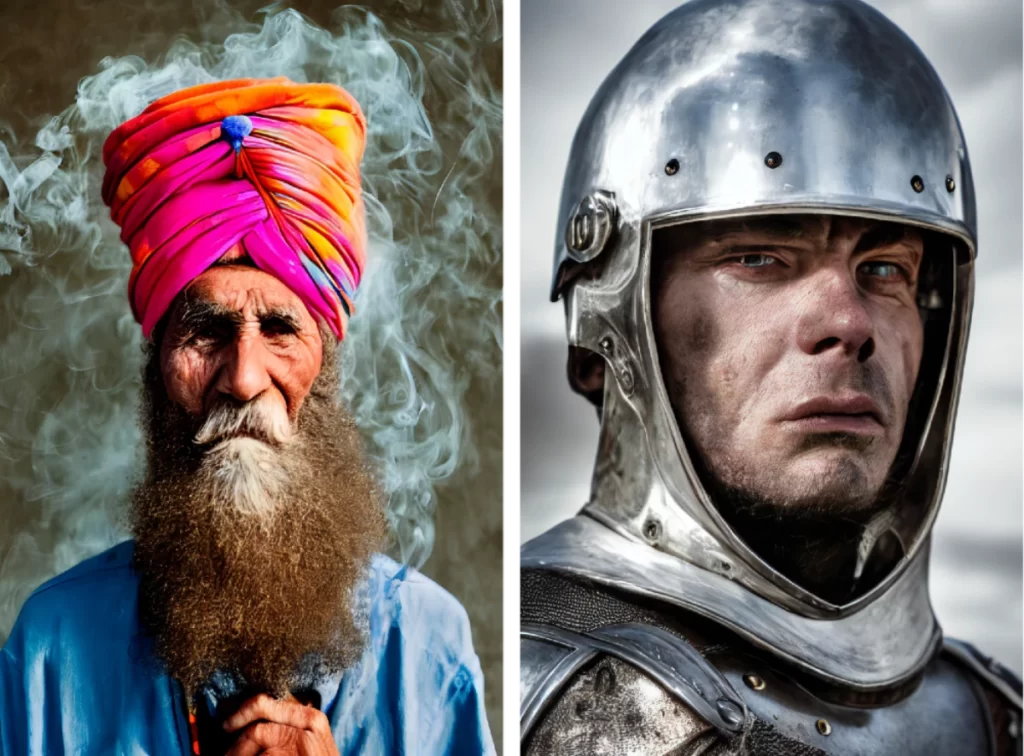
While you may have to wait a long time to access DALL-E 2, there is an AI text-to-image generator that is highly accessible and that is Stable Diffusion.
Developed by StabilityAI in partnership with EleutherAI and LAION, Stable Diffusion is a great AI image generator for those who want to begin creating their own digital art right away.
What sets Stable Diffusion apart is Stability AI’s transparency with its software. The company has made Stable Diffusion’s source code openly available under the Creative ML OpenRAIL-M license, unlike other models like DALL-E.
Since Stable Diffusion is open source, users have already begun improving and building upon the original code. There are dozens of repositories with different features and optimizations.
If you’re looking for the original Stable Diffusion, you can either run the software on your own computer or you can access the beta version of the web interface on Dream Studio. When users sign up for DreamStudio, they will receive 200 credits to use on Stable Diffusion, but after that, $1.18 will buy 100 generations. Meanwhile, $118 will buy 10,000 generations.
The beta version of Stable Diffusion can produce photorealistic 512×512 pixel images. Like DALL-E, you can type in a text prompt and the system will generate an image. Additionally, it can produce photorealistic artworks using an uploaded image along with a written description.
To train the Stable Diffusion model, Stability AI used 4,000 Nvidia A100 GPUs and a variant of the LAION-5B dataset. This makes Stable Diffusion capable of generating highly creative images of celebrities, cartoon characters, and public figures that OpenAI does not allow with DALL-E 2.
The quality of the images produced in Stable Diffusion can be very impressive, but it can be challenging to master compared to DALL-E and the beta version is not as advanced as its competitors. It can be tricky to get the balance of the image right and phrase the text prompt correctly to generate your desired image, although the company does provide a guide on this.
Despite this, Stable Diffusion is still a remarkable piece of technology and the software’s accessibility is a turning point for AI image generation.
Craiyon (Formerly DALL-E mini)
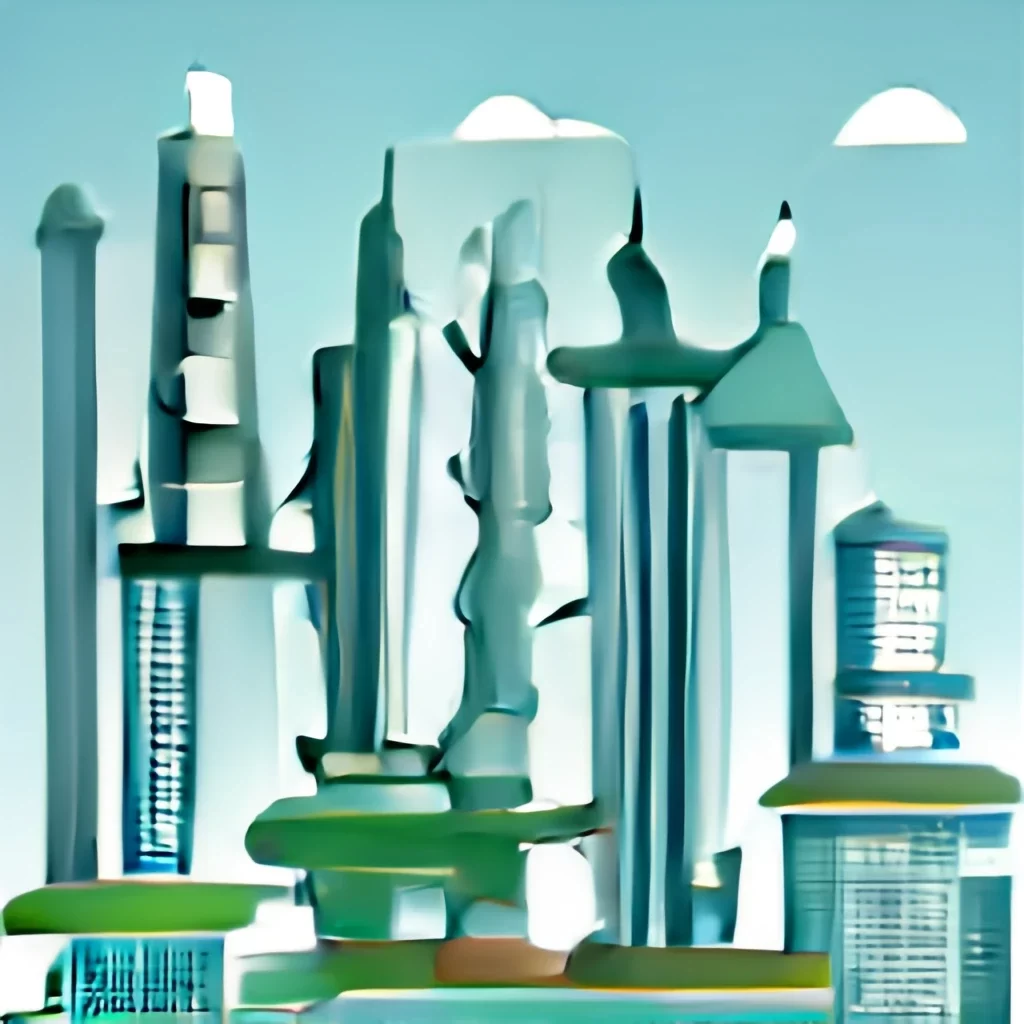
Previously known as DALL-E mini, Craiyon is an AI image generator that can be found online and as an app on the Google Play Store for Android devices. Although it was previously called DALL-E mini, Craiyon has no association with OpenAI other than utilizing the extensive amount of publicly available information that OpenAI has shared about their model.
Unlike DALL-E, Craiyon is completely free to use and accessible to everyone through its website. To use it, simply enter a text prompt and Craiyon will generate images from the interactive web demo within about two minutes.
Another major difference between DALL-E and Craiyon is that the software is not censored at all, meaning that any prompt will be accepted by the AI generator. You can also request that the image be created in a specific style.
However, Craiyon, created by software engineer Boris Dayma, does not quite match the image quality of DALL-E and other competitors. The faces of celebrities and cartoons can sometimes be difficult to recognize in the generated artwork.
But this does not mean that Craiyon is unable to create faces, it simply requires more work and effort on the user’s part. Some users have reportedly found that writing longer and more detailed prompts, including information about the size and location of each part of the face, helps to create better faces in the artwork.
It is only possible to download the images created on Craiyon as a screenshot, rather than as a high-resolution file.
While it may not be the most advanced system, Craiyon is an unfiltered and fun AI generator that can be easily accessed by anyone. You can create fairly high-quality images from detailed text descriptions. However, Craiyon is prone to server congestion, which can result in long wait times and mistakes in designs. You can use the images for personal or commercial use but must attribute them to Craiyon and follow their rules for use outlined in their Terms of Use.
Canva AI Image Generator
Canva AI Image Generator is a new tool that is revolutionizing the way we create images. With Canva AI Image Generator, you can create stunning images with just a few clicks. Simply type in a description of what you want to see, and Canva AI Image Generator will generate an image that matches your vision.
Canva AI Image Generator is perfect for anyone who needs to create images quickly and easily. Whether you’re a student, a business owner, or a creative professional, Canva AI Image Generator can help you create images that will impress your audience.
Here are just a few of the benefits of using Canva AI Image Generator:
- Save time: Canva AI Image Generator can help you save time by automating the image creation process.
- Create professional-looking images: Canva AI Image Generator uses artificial intelligence to create images that are both realistic and visually appealing.
- Expand your creative possibilities: Canva AI Image Generator gives you the power to create images that you never thought possible.
If you’re looking for a new way to create images, Canva AI Image Generator is the perfect tool for you. With Canva AI Image Generator, you can turn your ideas into stunning images in just a few clicks.
Here are some examples of how you can use Canva AI Image Generator:
- Create social media images for your business.
- Create presentations for work or school.
- Design marketing materials.
- Create illustrations for your blog.
- Make custom graphics for your website.
The possibilities are endless!
Jasper
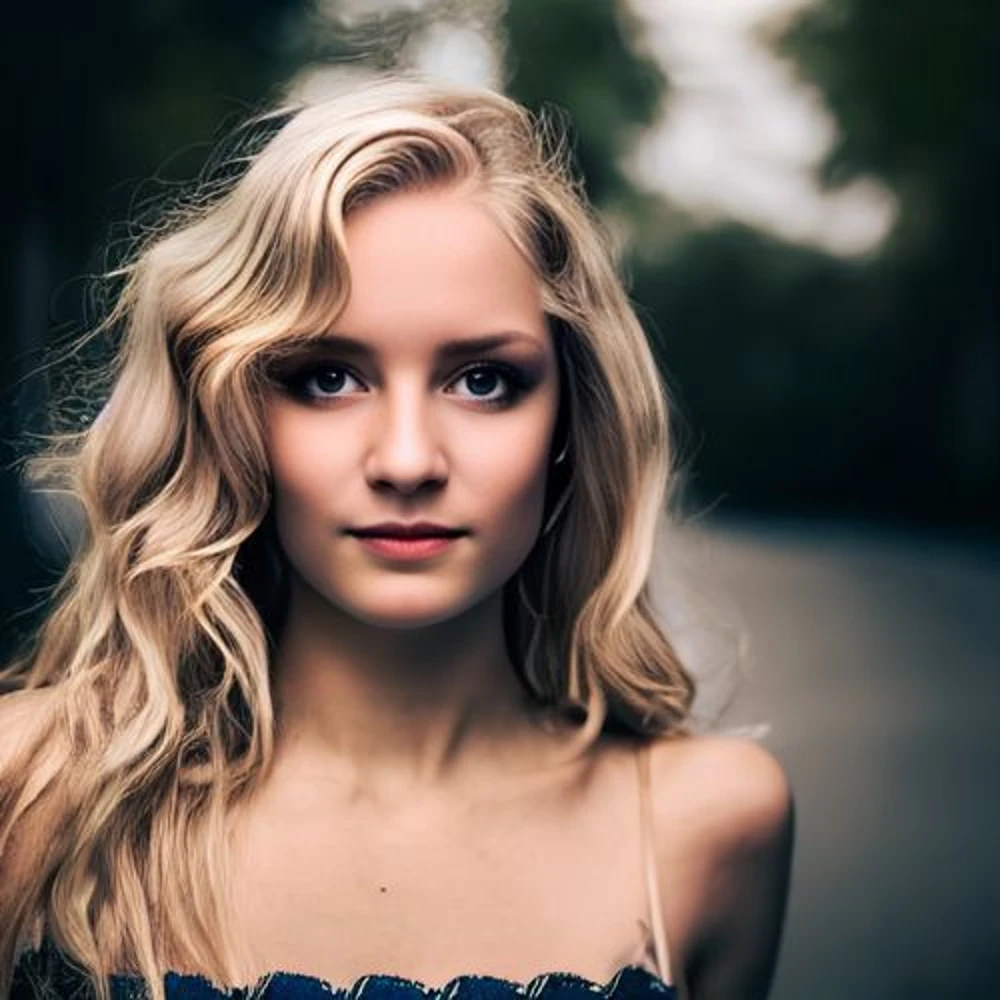
Jasper is widely recognized as a top choice for producing high-quality AI-generated images. This text-to-image generator allows users to generate four copyright-free images from a single prompt, which can be utilized in any way desired.
To access Jasper’s Jasper Art service, users can sign up for a five-day free trial. After that, the service costs $20 per user per month and provides access to an unlimited number of royalty-free image generations.
Artbreeder
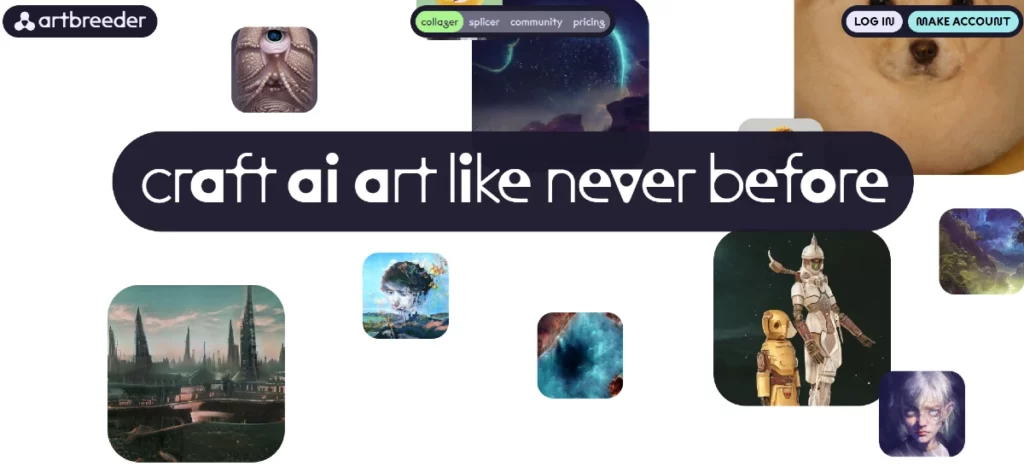
Artbreeder is an amazing AI tool that generates abstract artwork and is particularly good at creating images that other tools may find difficult to produce. Unlike other generators, it doesn’t focus on creating realistic images. However, it does offer some unique “gene editing features” that allow you to adjust various aspects such as age, gender, and color.
Users have used Artbreeder to create projects that imagine what historical figures may have looked like in real life based on paintings or statues. Both free and paid services are only accessible after registering, and paid services currently start at $7.49 with a 20% discount. All artwork generated by Artbreeder is available for use under the Creative Commons CC0 license.
Fotor
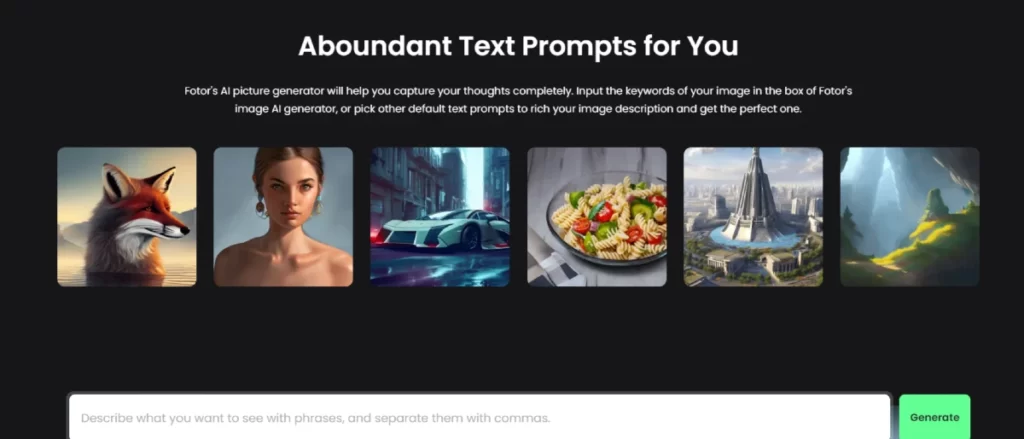
Transform words into pictures in mere seconds using Fotor’s AI image generator. Simply input your text prompts and let your imagination run wild with this free tool.
Fotor’s AI art generator allows you to tap into your inner artist, whether you want to create an AI painting, drawing, NFT, or a random piece of art. Enter your text prompts and watch as the AI generates one-of-a-kind images, from cartoon portraits and science fiction characters to digital masterpieces.
With Fotor’s AI art generator, you can bring any description to life. Simply describe what you envision, and the online text-to-image generator will do the rest, creating your image in seconds. Plus, you can even use the generated image to create new, unique pictures using Fotor’s AI image generator, all for free. Fotor’s AI empowers anyone to create attractive AI paintings, illustrations, and various other types of images.
Although it’s free to sign up and use, paid plans offer more features, file management and editing capabilities. Fotor Pro plan costs $8.99 per month, and Fotor Pro+ costs $19.99 per month.
TikTok
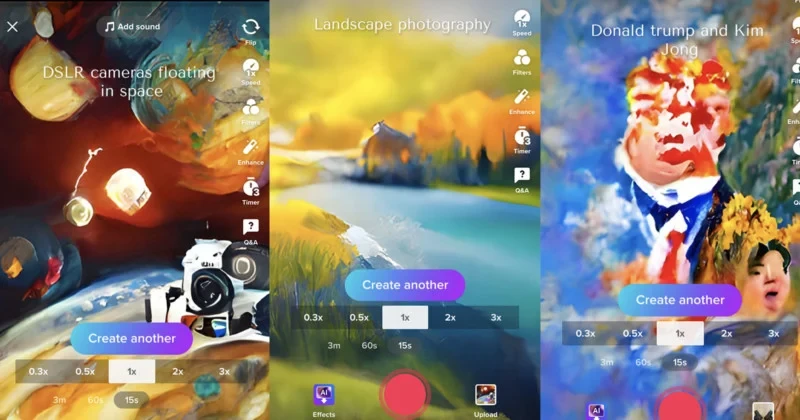
TikTok has introduced a simple AI image generator that users can use to create custom greenscreens for their videos. The platform’s new feature, called “AI Greenscreen,” allows users to input a text prompt and the software will generate an image.
However, the basic text-to-image generator is not as advanced as other image generators like DALL-E 2 and Midjourney, as it only produces abstract and swirly images.
Creating an AI image generator from text requires a lot of computer power, so the basic appearance of TikTok’s tool indicates the challenges of creating a customized AI image service. TikTok’s new feature highlights the growing popularity of AI image generators and could be the company’s first step into this developing technology.
Midjourney
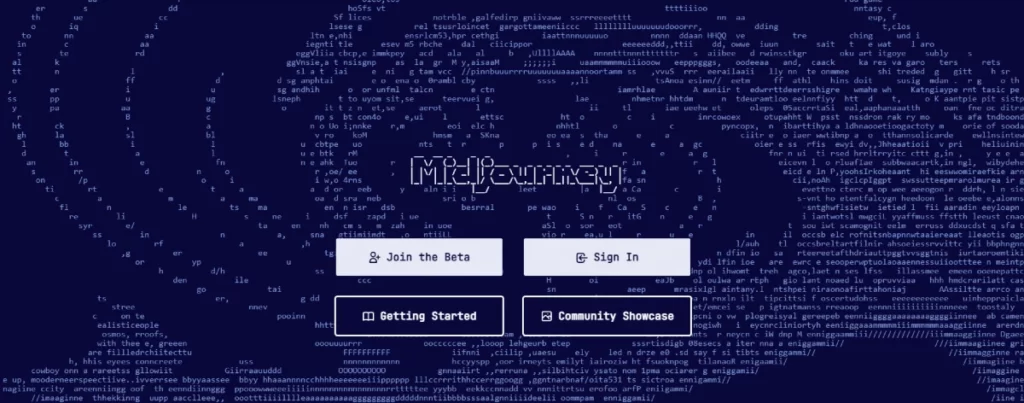
Midjourney is one of the most popular and well-known AI text-to-image generators along with DALL-E and Stable Diffusion. It is known for being a particularly evocative platform for AI image generation. In fact, one of its users won a fine art competition using an image created with the software.
What sets Midjourney apart is that it is operated through a Discord server and uses bot commands to generate high-quality images in an artistic style. Users can input a text prompt to create clear and striking images with an apocalyptic or eerie quality. Unlike DALL-E, Midjourney can also generate pictures of celebrities and public figures.
One potential downside of Midjourney is that the software is highly stylized as an AI text-to-image generator, making it difficult to create photorealistic images. However, this is in line with Midjourney’s philosophy as an AI generator.
To use Midjourney, join the Discord server and use the bot command “/imagine” in a channel. This will generate a “prompt:” text where you can describe what you want to see as an image. Type your keywords after the “prompt:” text and press return to generate the artwork. The Midjourney server has rules against being disrespectful and creating inappropriate content.
The first 25 images on Midjourney are free, and then there are different plans starting at $10 per month for 200 images. Corporate use of the generated images is also available for a special enterprise membership of $600 per year. The images generated by Midjourney are yours to keep. With practice, Midjourney is an excellent AI generator that consistently produces stunning and thought-provoking images in its unique style.
Photosonic
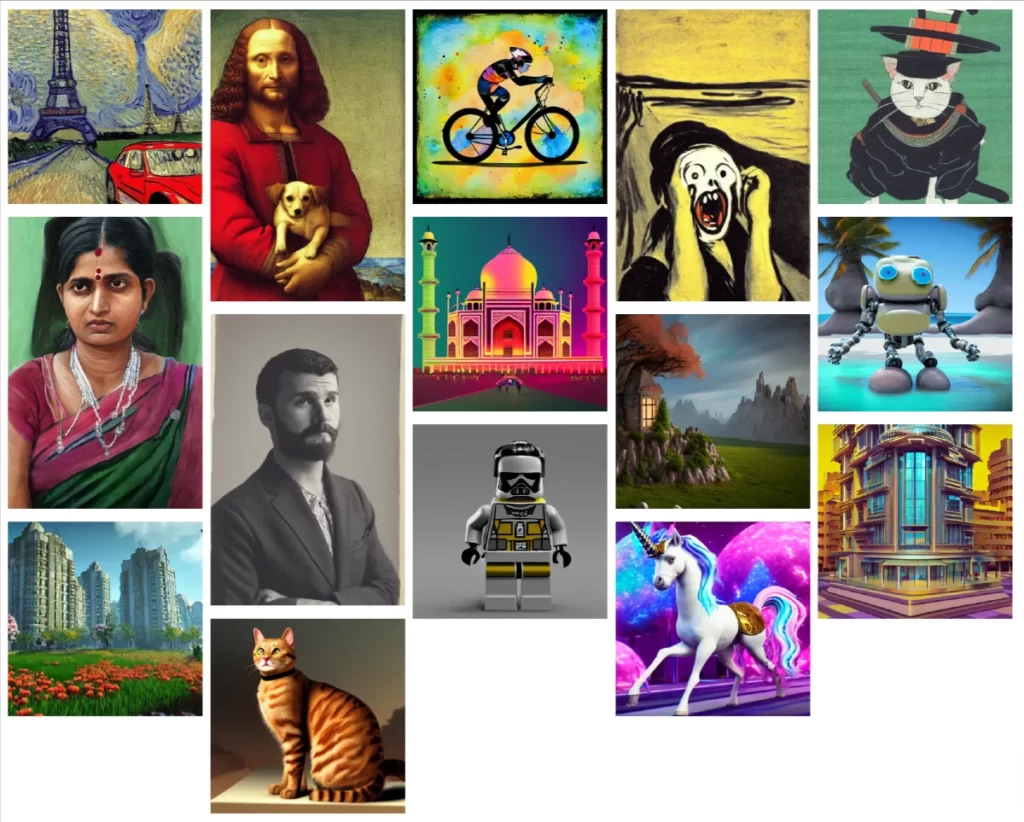
Photosonic is an AI-powered tool that generates images based on text prompts or changes the style of an existing image. You are allowed to use any images you create commercially without giving credit, but some reviewers have noted that the images tend to have a cartoon-like appearance.
Despite this, Photosonic is a paid service. It is related to Writesonic’s “artistic arm” called Jasper, but the two appear to operate independently. To use Photosonic, you must purchase credits.
You can try it out with five free credits before committing to a paid plan. After that, there is a free trial plan that includes 15 credits. Then, you can sign up and purchase 100 credits for $10 per month or opt for an unlimited plan for $25 per month.
Dream by Wombo
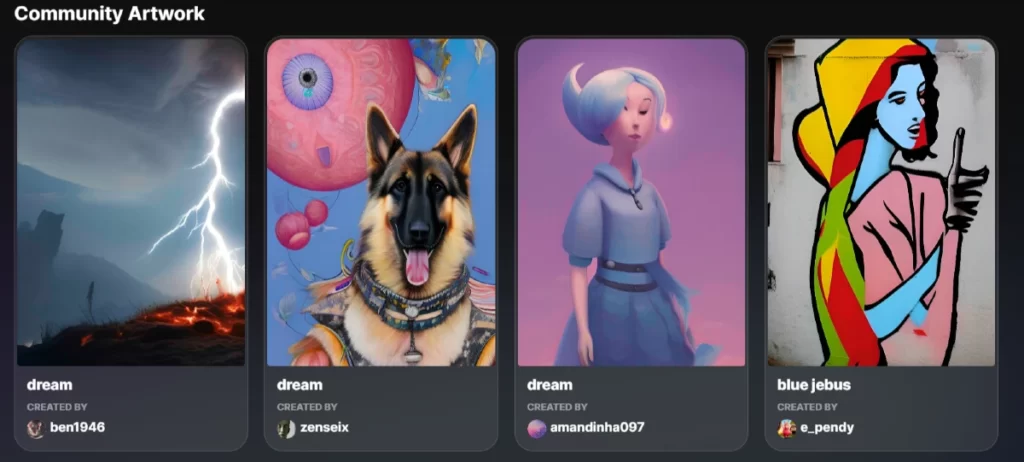
Dream is a fascinating AI image generator that provides various stylistic choices like Steampunk, Psychedelic, Etching, and Street Art to enhance the text prompts you input. The service is free to use and you can preview the artwork you create. However, you will eventually need to sign up to save and share your creations.
Dream can be accessed on the web and on both Android and iOS devices. Furthermore, Dream has a Discord community for users to share their creations.
StarryAI
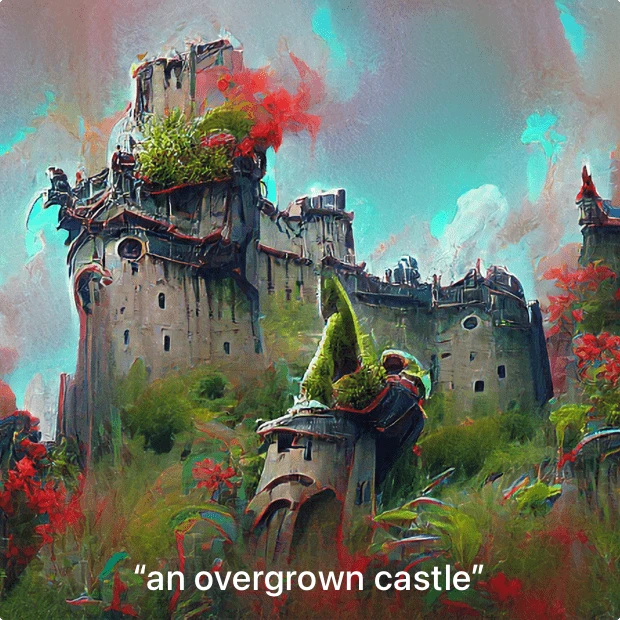
StarryAI is an artificial intelligence image generator that specializes in converting text into drawings resembling artwork. The majority of the generated images have a fantasy-like appearance, with the tool particularly excelling in creating nightscape images. This is the inspiration behind the name, StarryAI.
The images generated by the tool are free for the creator to use for commercial purposes. The service is available on the web, as well as on iOS and Android platforms. Users can generate up to five artwork pieces per day without a watermark.
Deep AI
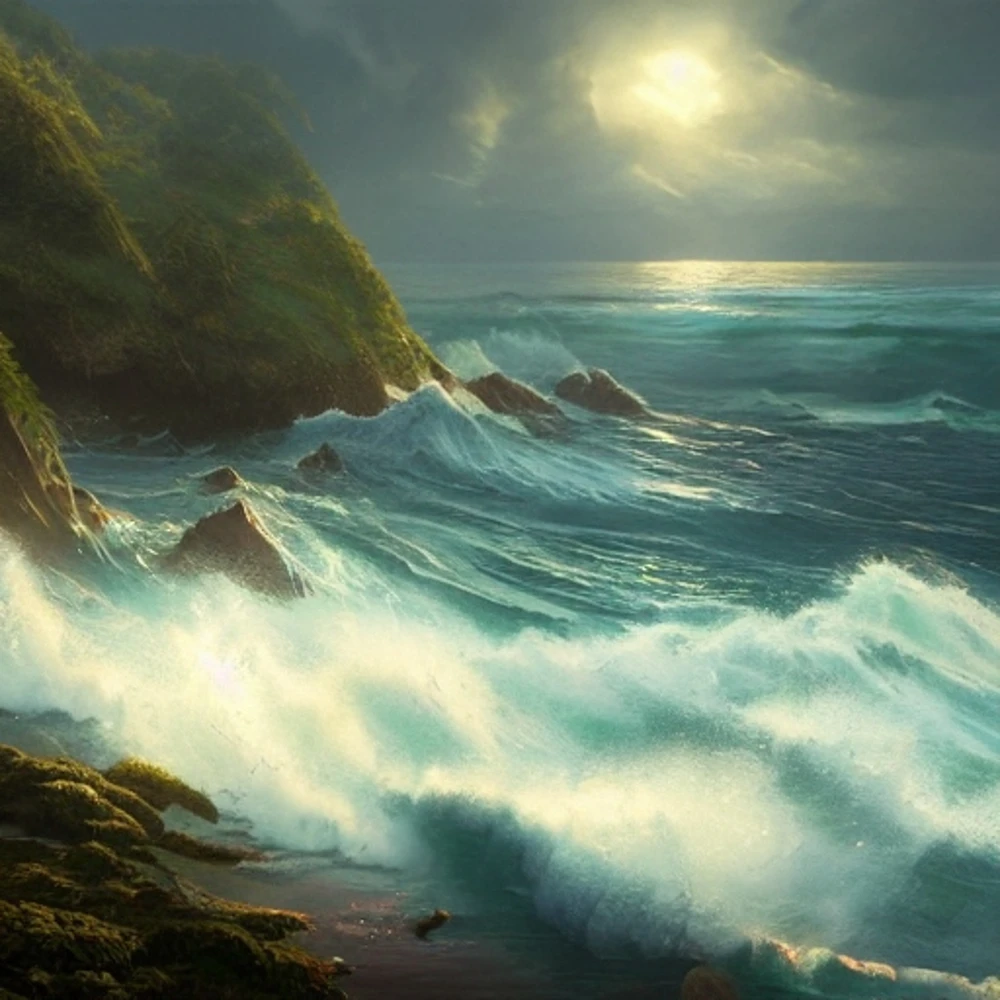
DeepAI is a user-friendly and free image generator. It’s one of the simplest to use on this list. You just need to enter your text prompt and select an art style. In just a few minutes, you’ll have an image generated from your text that you can then download.
Experimenting with different text prompts and styles will give you the images you want, and DeepAI does a decent job of bringing your creative ideas to life. However, keep your expectations low as the image quality may not be as realistic as other generators on this list. DeepAI is all about keeping things easy, quick, and fun. There is also a premium version of the service that comes with more features and costs $5 per month.
All the content generated by DeepAI’s tools and APIs are free from copyright and you can use them for any legal purpose you want, including commercial use.
Deep Dream Generator
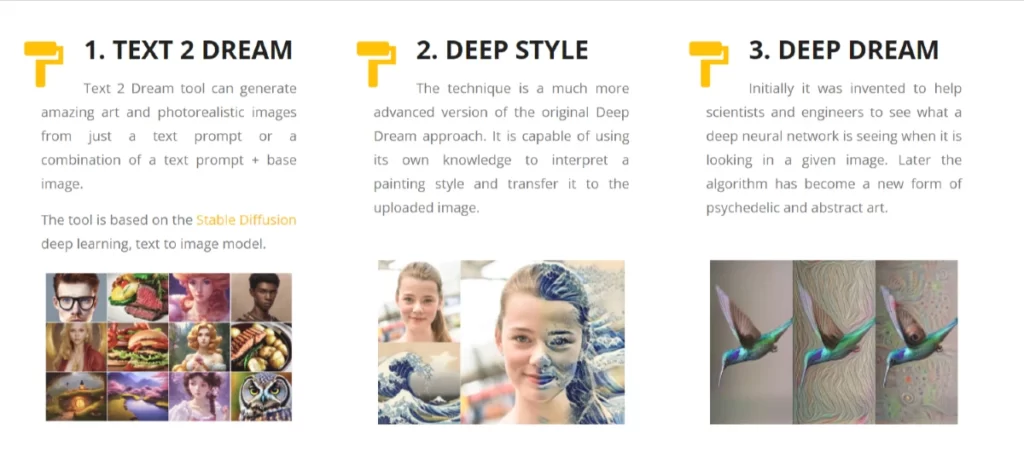
Deep Dream Generator is considered one of the quickest AI-based image generating tools with thousands of artistic styles to choose from. The generator comes with three main tools: Deep Style, Text 2 Dream, and Deep Dream, which range from realistic to increasingly abstract.
Although it’s free to sign up and use, paid plans offer storage and higher resolution options for the images created. There is also an “energy” and “recharging” system that affects how fast images are processed. The Advanced plan costs $19 per month, the Professional plan costs $39 per month, and the Ultra plan costs $99 per month.
While you own the artwork created on the tool, it’s important to determine whether you own the full rights to images and styles before using them for commercial purposes. Additionally, Deep Dream reserves the right to reshare any images you create on its social networks if you share your artwork on the platform.
Tips and Tricks for Getting the Best Results from Your AI Image Generator
Best practices’ for effectively using these tools include working with a specific goal in mind and utilizing a variety of data sets.
- Begin with high-quality images: The higher the quality of the input image, the higher the quality of the output image. Use clear, well-lit images with little noise or blur.
- Select appropriate styles: AI image generators use various styles, such as realistic, surreal, or abstract. Choose the style that best corresponds to your desired outcome.
- Adjust the settings: Most AI image generators let you change things like image resolution, noise level, and color intensity. To get the best results, play around with these settings.
- Use multiple AI image generators: Combine the results of multiple AI image generators to get the best possible output.
- Post-process the output: AI image generators frequently generate images that require minor touch-ups or adjustments. To achieve the best possible result, use image editing software to fine-tune the output.
- Be patient: It can take time for AI to generate high-quality images, so be patient and give the process time to work.
Advanced Techniques for Customizing Your AI-Generated Images
- Image Styling: With this technique, users can apply various styles or filters to the AI-generated image, such as a watercolor effect or a vintage look. This is possible with a tool like Prisma, which employs deep learning algorithms to transform an image into a new style.
- Image Segmentation: This technique divides an image into different regions or segments, which can then be independently modified or enhanced. This is useful for distinguishing between foreground and background elements in an image, as well as selecting specific areas to apply filters or effects to.
- Image Inpainting: With this technique, users can remove or replace missing or damaged parts of an image. This can be used to repair old or damaged photographs, as well as to remove unwanted elements from a scene.
- Image Super-Resolution: This technique involves increasing an image’s resolution or detail, which can be useful for improving the quality of low-resolution images or producing larger prints of an image.
- Image Generation: This technique involves the creation of new images based on a set of input parameters or a style reference image. This can be useful for creating custom designs or patterns, as well as generating variations of an existing image.
Real-World Examples of How Brands and Individuals are Using AI Image Generators From Text
There are numerous real-world examples of how AI image generators are being used by brands and individuals. Fashion brands, for example, use AI image generators to create product images. These AI-generated images enable brands to present their products in a more realistic and visually appealing manner, potentially increasing sales and driving customer engagement.
Individuals who want to create unique and creative content for their social media profiles are another example of how AI image generators are being used. These AI-generated images can be used to create eye-catching graphics and backgrounds for social media posts, which can help to increase the reach and engagement of these posts.
AI image generators are also being utilized by businesses in the healthcare industry to create realistic simulations of medical procedures and treatments. These simulations are being used by these businesses to train their employees. These simulations are useful not just for training purposes but also for educating patients about the various treatment options that are available to them.
In the gaming business, artificial intelligence picture generators are also being utilized to create landscapes for video games that are realistic and engaging. These computer-generated visuals can be used to create people, landscapes, and other components within a game that are detailed and lifelike. This can assist to improve the overall experience that players have while playing video games.
AI image generators are now being employed in a wide number of various industries and applications, and they have the potential to transform the way in which individuals and businesses generate and share visual information.
Examples of Prompt for Generating Stunning Images with AI Image Generator from Text
- “A beautiful sunset over a tranquil lake”
- “A bustling city skyline at night”
- “A lush, green forest with a winding path”
- “A snow-capped mountain range in the distance”
- “A desert landscape with towering sand dunes”
- “A magical castle nestled in the mountains”
- “A futuristic city with towering skyscrapers”
- “A picturesque beach with crystal clear water”
- “A romantic rose garden in full bloom”
- “A peaceful Zen garden with a babbling stream”
- “A dramatic ocean scene with crashing waves”
- “A serene waterfall in a tropical rainforest”
- “A stunning landscape with rolling hills and a picturesque farmhouse”
- “A majestic waterfall cascading down a mountain”
- “A surreal, dream-like landscape with floating islands and pastel colors”
- “A neon-lit night scene of a bustling city”
- “A colorful autumn scene with falling leaves and a cozy cabin in the distance”
- “A surreal, underwater world with colorful fish and coral reefs”
- “A futuristic cityscape with flying cars and towering skyscrapers”
- “A stunning, snowy winter scene with a cabin nestled in the forest”
Conclusion: The Future of AI Image Generation
As AI image generation capabilities advance and improve, it becomes clear that this technology has the potential to revolutionize many aspects of our lives. The possibilities for AI image generation are vast and exciting, ranging from creating more realistic and immersive virtual experiences to improving the efficiency and accuracy of image recognition algorithms.
However, it is also critical to understand the potential risks and challenges associated with this technology. As AI image generation becomes more sophisticated, there is a risk that it will be used to manipulate and deceive people, resulting in a flood of fake images and videos that are difficult to tell apart from the real thing.
As a result, we must proceed with caution and care in the development and deployment of AI image generation, ensuring that appropriate safeguards are in place to mitigate the potential negative impacts of this technology. There is no doubt that AI image generation has the potential to shape the future in transformative and exciting ways if used carefully and responsibly.